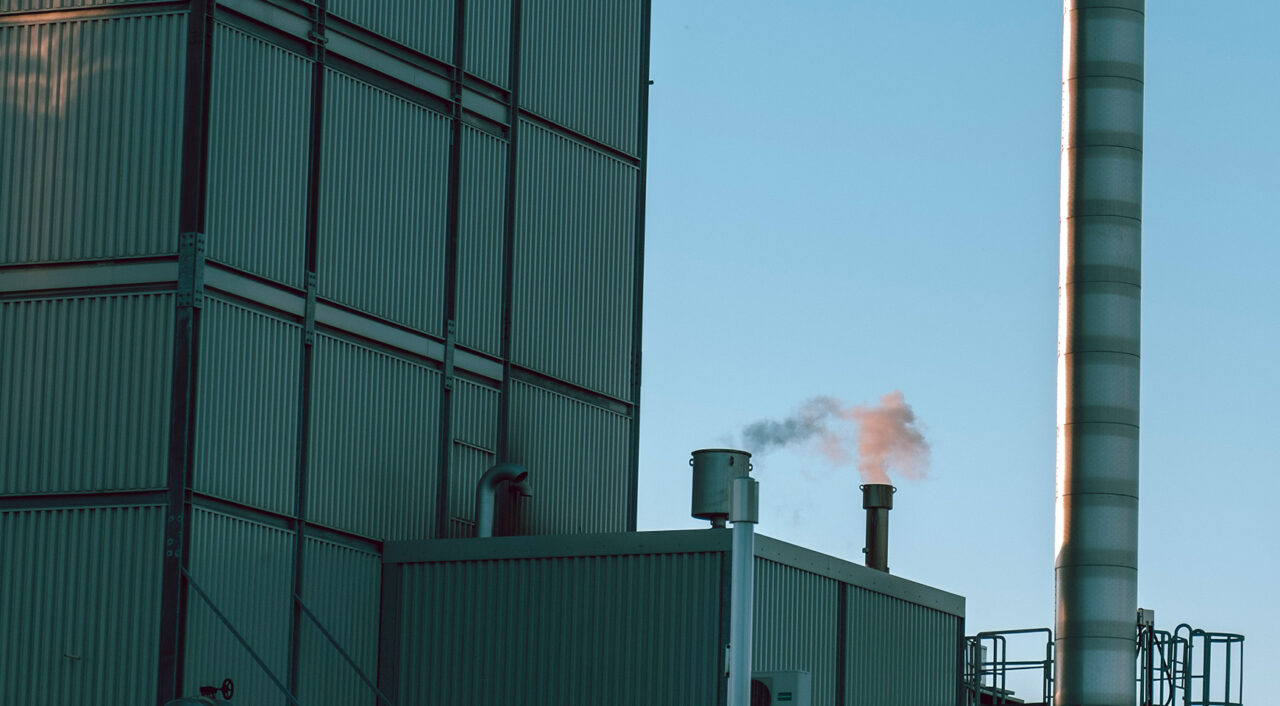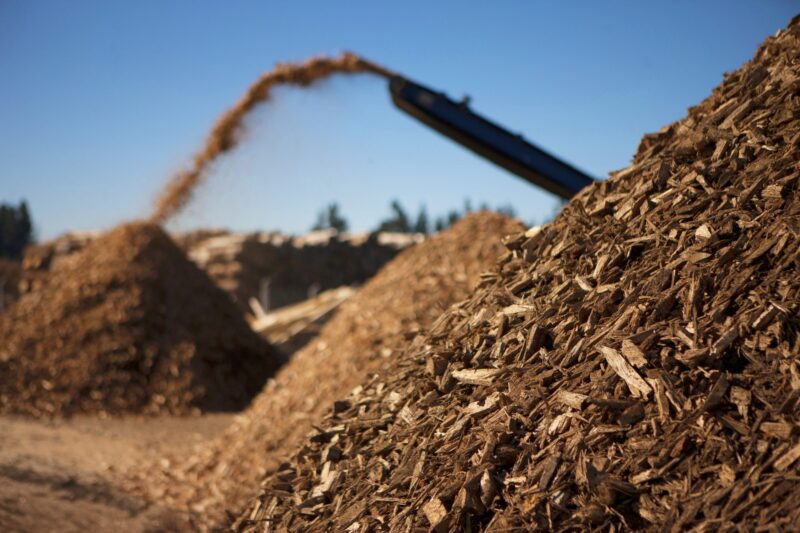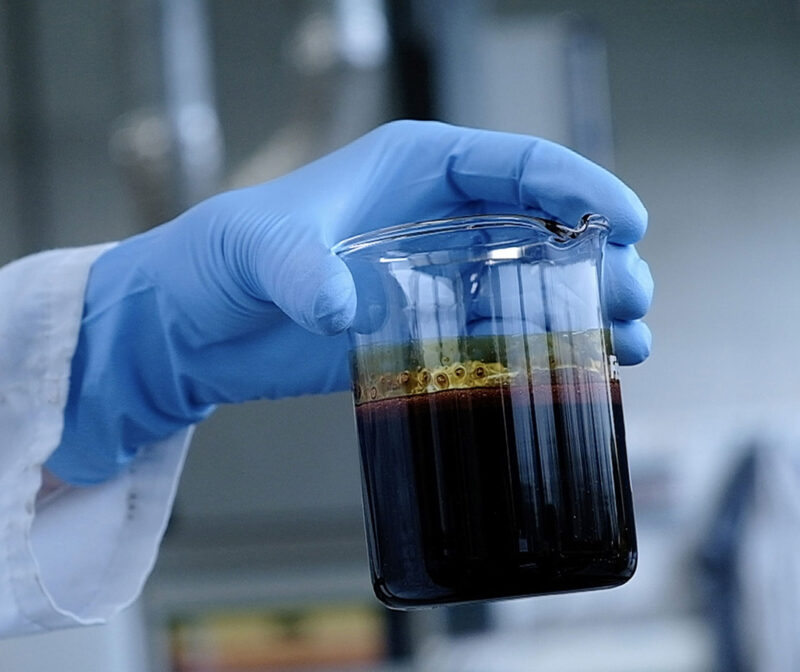

Fast pyrolysis bio-oil (FPBO) offers many interesting opportunities for the production of heat, sustainable transport fuels and biobased chemicals. FPBO can replace crude oil in all of these sectors.
Our long-term strategy is based on the further development of the biorefinery concept. In line with our mission to replace fossil fuels, our research and development program is focused on making fast pyrolysis bio-oil a raw material for sustainable transport fuels and biobased chemicals, to enable the production of a wide variety of renewable fuels and materials.
The market potential of FPBO offers biomass owners a unique opportunity to create a higher value from their biomass residues, by converting them into fast pyrolysis bio-oil. Our FPBO production plants are designed to operate on a scale fitting in with the size and logistics of your biomass feedstock.
Finding the right market for your FPBO is a crucial part of defining a business case. At BTG Bioliquids, we have a lot of experience in that area. With our pyrolysis oil application support, we’ll be glad to help you develop your business case, and connect you with potential FPBO offtake customers.
For biomass owners

Our fast pyrolysis technology produces an FPBO (fast pyrolysis bio-oil) that contains a low ash and solid concentration. The energy density of FPBO is 5 to 20 times higher than the original biomass residue. The heating value (LHV) of pyrolysis oil is 16-23 MJ/l, compared to 37 MJ/l for fossil fuels. The density of the liquid is about 1170 kg/m3, which is denser than fuel oil and significantly denser than the original biomass residues.
Pyrolysis oil has a low pH-value of around 2.5-3. Due to the large amount of oxygenated components, the oil has a polar nature and does not mix with hydrocarbons. The degradation products from the original biomass include organic acids (like formic and acetic acid), giving the oil its low pH. Water is an integral part of the single-phase chemical solution. The bio-oil has water contents of typically 15-30 wt%. Phase separation occurs when the water content is higher than about 30%.
For more information on the production, application and sustainability of fast pyrolysis from biomass, check http://pyrowiki.pyroknown.eu.